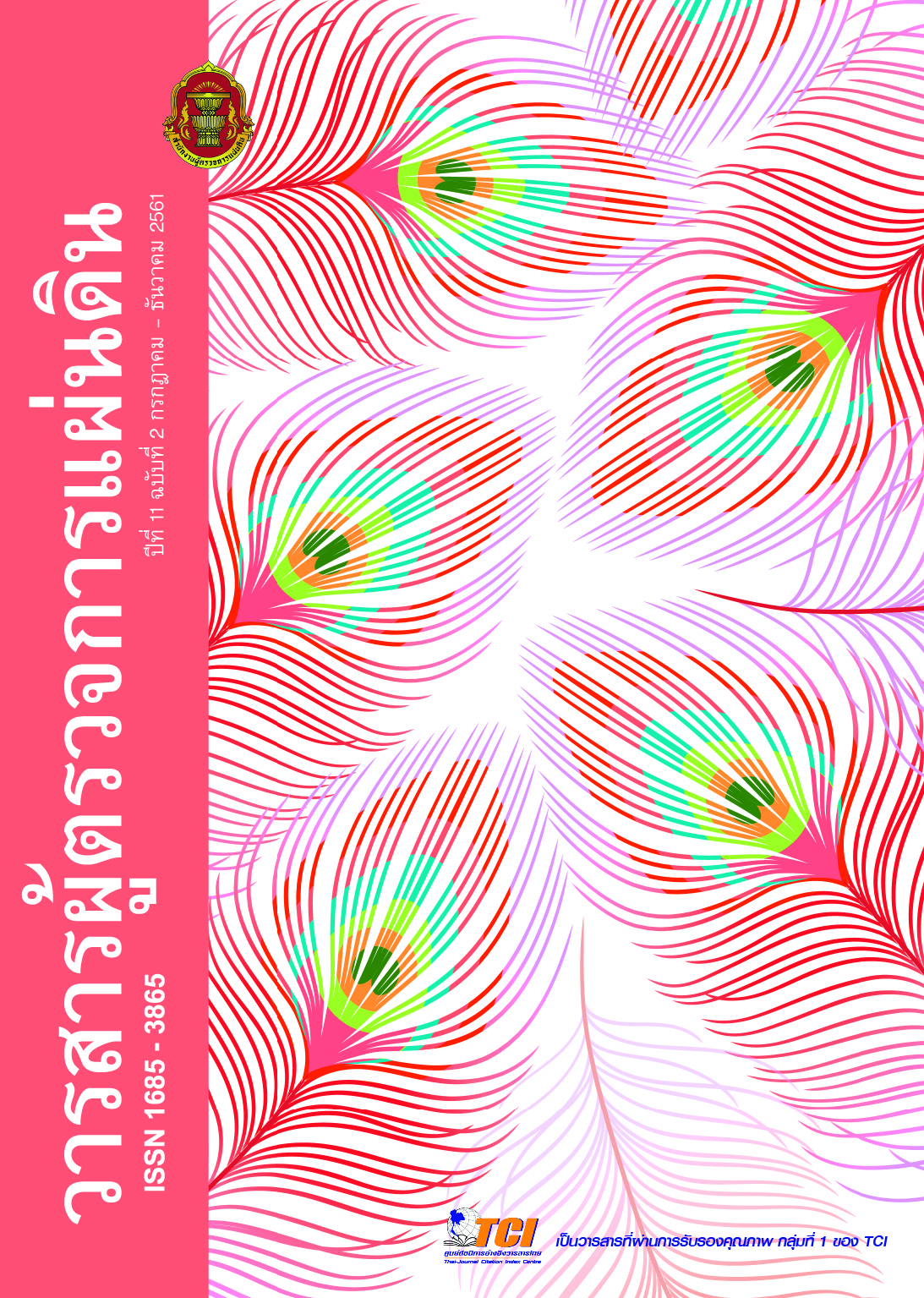A Functional and Mechanism in Anti-Corruption Public and Civil Society Organizations in Japan
Keywords:
Role, Function, Mechanism, Anti-Corruption, JapanAbstract
This qualitative research aimed to study role, function, mechanism, and legislation in public and civil society anti-corruption organizations in Japan. The documentary review was law, regulation, court, prosecutor, and policy process and in-depth interview were used for qualitative research. Then, the classification the data and analytical method by interpretation and conclusion. According to the research result, it was found that the anti-corruption organizations in Japan consisted of two elements, public organization and civil society organization. Despite the bureaucracy mechanism and specific responsibility, functions of each public organization were not entirely distinct. They instead shared the same regulations and cooperated with each other. Apart from playing an important role in monitoring governmental organizations and agencies at both local and national levels, civil society organizations also simultaneously collaborated with other anti-corruption organizations from the public sector. In order to promote anti-corruption awareness and create the guidelines for Thailand, its government should foster the coordination by emphasizing social participation in auditing and monitoring local government administration across the country. In addition, vigilance center should be established for information sharing and inter-agency cooperation between the government and civil Mechanism society.
Downloads
Published
How to Cite
Issue
Section
License
- Content published in the journal is personal opinions of authors which the office of Ombudsman and the editorial team are not bound to be accordance with.
- Articles, content, images, etc. published in the Journal of Ombudsman are copyright of the Journal. If any person or entity wants to bring all or part of it to publish or to do any action. Must obtain written permission from the journal's first.


